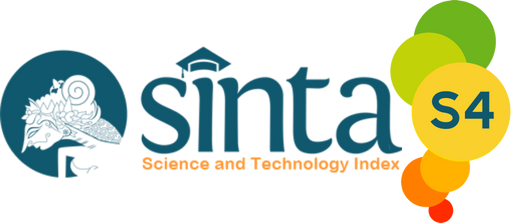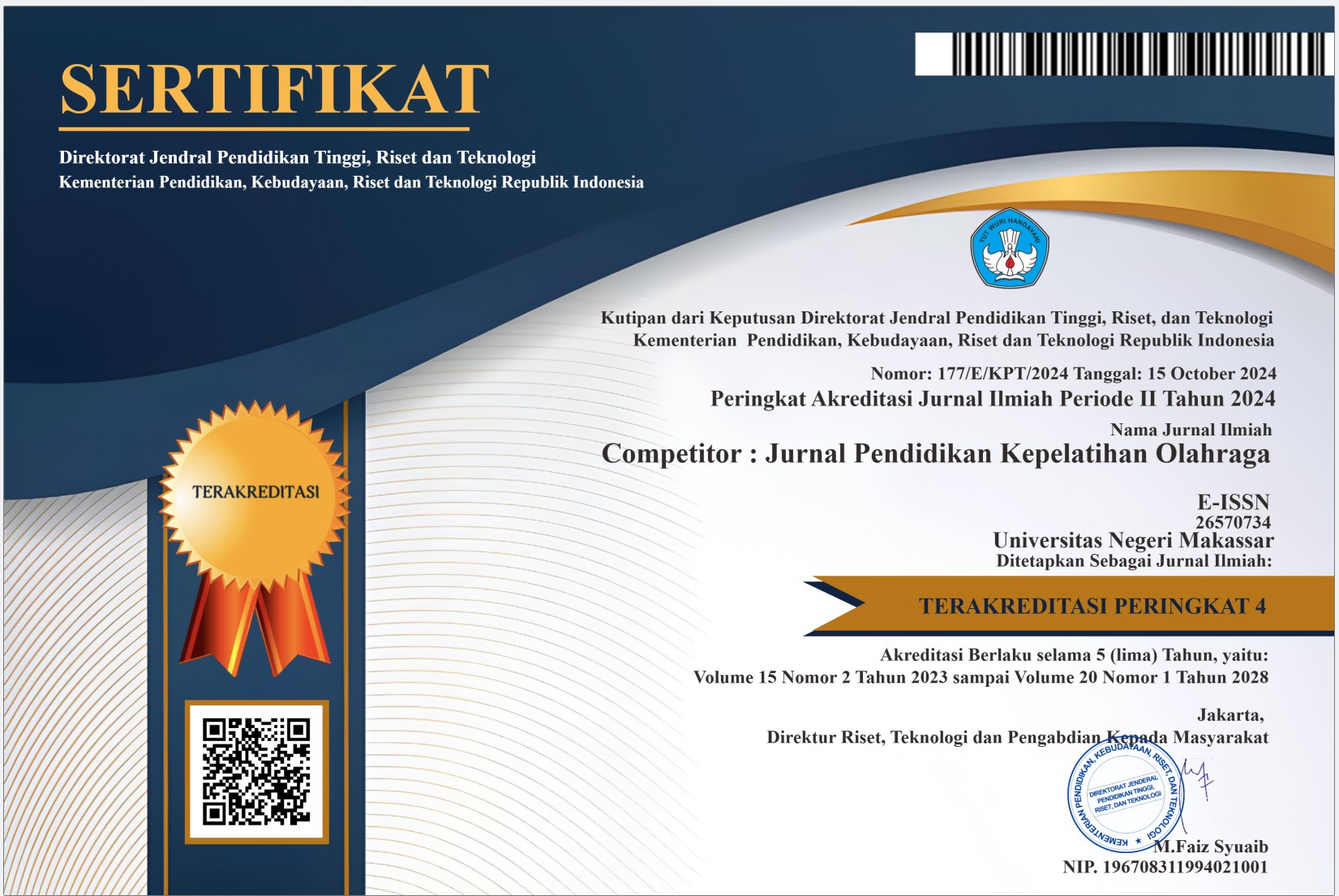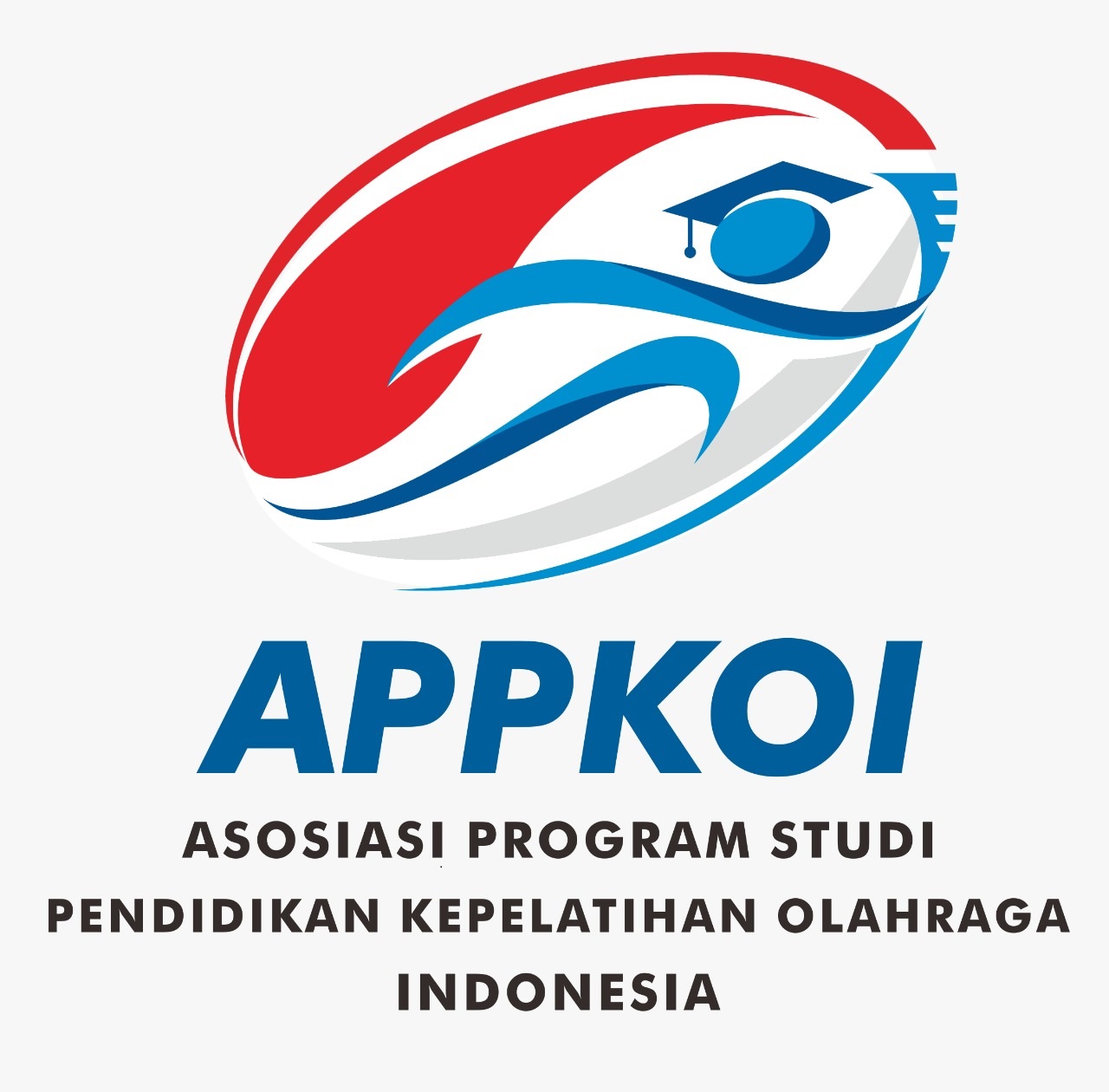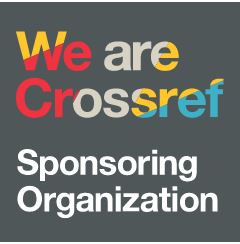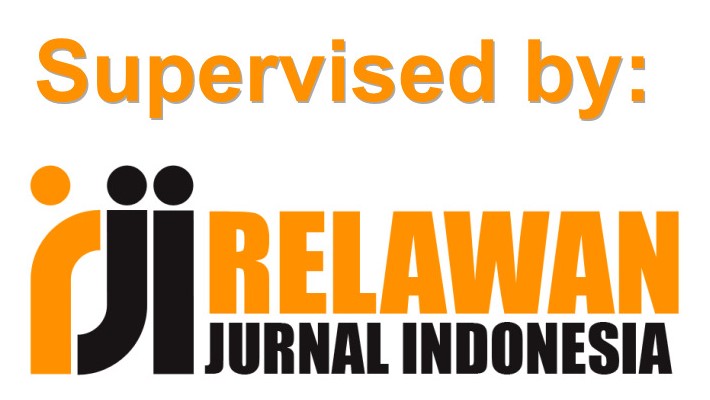The Effect of Box Drill With Rings And Bounding With Rings Training On Improving Dribbling In Futsal Games On The Futsal Team of The Moria Congregation Palu
DOI:
https://doi.org/10.26858/cjpko.v17i2.248Keywords:
Box Drill with Rings; Bounding with Ring; Training; Dribbling; Futsal.Abstract
This research is motivated by the problems faced by the Moria Hammer congregation futsal team, which lies in the basic technique of dribbling the ball, this is because every training schedule is still monotonous. The goal that the author wants to achieve in this study is to determine whether there is an effect of box drill training with rings and bounding with rings on improving dribbling in futsal games on the Moria Hammer congregation team. This type of research uses a quantitative approach with a preliminary experimental method. The population and sample in this study were 66 people. And the sample taken amounted to 30 people using the t-test analysis technique. Based on the results of the analysis conducted, it was found that (1) there is an increase in dribbling agility in futsal players of the moria hammer congregation following box drill training with rings by 4.59 seconds and hypothesis testing where the value of tcount = 9.520> ttable = 2.145, accepted, (2) there is an increase in dribbling agility in futsal players of the moria hammer congregation following bounding training with rings by 7.55 seconds and hypothesis testing where tcount = 6, 850> t table 2,145, accepted (3) there is no difference in the influence between box drill training with rings and bounding with rings on the agility of dribbling futsal games on the moria hammer congregation futsal team ", with these results the tcount value of 0.310 is smaller than the ttable value of 2.145 or (0.310> 2.145) with a value of d. bn-1 or 15-1 = 14). bn-1 or 15-1 = 14, at a significant level a = 0.05.
References
Arifin, B., Sulaiman, R., & Ramdani, Z. (2021). Effects of agility drills on dribbling skill in futsal: An experimental study. Jurnal Pendidikan Jasmani Indonesia, 7(2), 110–119.
Asmar Jaya. (2008). Futsal: Lifestyle, Rules and Game Tips. Yogyakarta: East Library
Arikunto, S. (2006). Research Procedures: A Practical Approach. Jakarta: Rineka Cipta.
Beutlstahl, D. (2005). Learning to Play Volleyball. Bandung. CV. Pioneer Jaya.
Bompa & Haff. (2009). Training Theory and Methodology. United States of America: Human Kinetics.
Castagna, C., D’Ottavio, S., Granda Vera, J., & Barbero Álvarez, J. C. (2019). Match demands of professional futsal: A comparison between top-class and lesser players. Journal of Strength and Conditioning Research, 23(6), 1941–1947.
Davies, Phil (2005). Total Football Fitness. RIO Network LLC. All rights reserved.
Diana. (2008). Futsal. Yogyakarta: Four Pillars of Education.
Dewi, A. (2015). Relationship between Body Weight and Height with Agility of Female Futsal Players of Yogyakarta State University. Thesis in the Sports Science Study Program. FIK. State University of Yogyakarta: unpublished.
Fahmi Zia U. (2014). The Impact of Speed, Agility, and Quickness Training on Basic Futsal Dribbling Skills.
Faude, O., Junge, A., & Kindermann, W. (2017). Football-specific agility training improves dribbling speed. European Journal of Sport Science, 17(3), 294–302. https://doi.org/10.1080/17461391.2016.1258496
Kurniawan. (2011). Sports Smart Book. Jakarta: Laskar Aksara.
Lhaksana Justinus. (2011). Modern Futsal Tactics and Strategies. Jakarta: Raih Asa Sukses.60
Mahendro and Saryono. (2012). Test of Basic Skills of Playing Futsal. Journal of Sports Science and Technology.
Margono. (2010). Educational Research Methods. Jakarta: Rineka Cipta.
Milanović, Z., Sporiš, G., & Weston, M. (2019). Effectiveness of functional and traditional strength training on performance measures. Journal of Human Kinetics, 65, 157–167.
Moran, J., Sandercock, G. R. H., Ramirez-Campillo, R., Meylan, C., Collison, J., & Parry, D. A. (2018). Maturation-related differences in change of direction speed in youth athletes. Journal of Sports Sciences, 36(18), 2055–2064.
Mukholid, A. (2007). Physical Education, Sports & Health. Jakarta: Laskar Aksara.
Nakamura, F. Y., Pereira, L. A., & Loturco, I. (2020). Physical and technical performance analysis in elite futsal players. Sports, 8(5), 63. https://doi.org/10.3390/sports8050063
Nugroho, A., Lubis, A. E., & Aditya, R. (2022). Contribution of training variables to youth futsal performance. EAI Conference Proceedings, 1–8.
Nurrochmah, S. (2012). Increased Strength and Explosive Power of Limb and Arm Muscles Due to Dynamic and Static Load Training. Dissertation at Surabaya State University: Unpublished.
Nurhasan. (2000). Sports Education Tests and Measurements. Faculty of Education
And Health, University of Education Indonesia.
Purnomo, H. (2016). The Effect of Ladder Drill Variation Training on Speed and Agility in Male Futsal Extracurricular Students of SMA Negeri 1 Karwangdowo 2015/2016. Thesis at the Faculty of Teacher Training and Education, Sebelas Maret University: unpublished.
Putra, H. A., & Susanto, M. D. (2022). Futsal learning outcomes through the cooperative learning model in junior high school. Jurnal Pendidikan Jasmani Indonesia, 8(2), 131–140.
Rahmatullah, R., Hartati, S., & Rizal, R. (2022). Sports coaching management in madrasah-based school environments. Jurnal Keolahragaan Indonesia, 14(1), 22–29.
Reis, H. H., Nakamura, F. Y., & Pereira, L. A. (2021). Technical and tactical indicators related to success in elite futsal. International Journal of Performance Analysis in Sport, 21(2), 207–220.
Silva, A. F., Clemente, F. M., Lima, R., et al. (2020). The effect of different teaching models on technical variables in PE: A meta-analysis. European Physical Education Review, 26(4), 949–968.
Stanković, V., Stojanović, E., & Đorđević, D. (2022). Tactical development in futsal: A review of youth training trends. Sport Science Review, 31(1–2), 5–18.
Sugiyono. (2011). Business Research Methods (Quantitative, Qualitative and R&D
Approaches). Bandung: Alfabeta
Sukadiyanto & Muluk. (2011). Pengantar Teori dan Metodologi Melatih Fisik. Bandung: CV. Lubuk Agung.
Suryana. (2010). Research Methodology. University of Education Indonesia.
Sutrisno Hadi. (2001). Research Methodology Volume III. Yogyakarta: Andi Offest.
Widiyono, I. P., Setiandi, A., & Susanto, A. (2022). Development pattern of the futsal club in Kebumen. JUMORA: Jurnal Moderasi Olahraga, 2(1), 77–88.
Yanci, J., Los Arcos, A., Grande, I., & Casajús, J. A. (2020). Agility training in futsal: Effects on change of direction and ball control. Journal of Human Kinetics, 75(1), 123–132.
Yap, C. W., Soh, K. G., & Teh, K. C. (2021). Ring-based drills and coordination development in youth athletes. Asian Journal of Physical Education & Recreation, 27(1), 45–53.
Downloads
Published
Issue
Section
License
Copyright (c) 2025 Yosua Ampulembang, Andi Saparia, Hendrik Mentara, Krisyanto Batong Lumbaa, Muh. Saldi (Author)

This work is licensed under a Creative Commons Attribution 4.0 International License.

